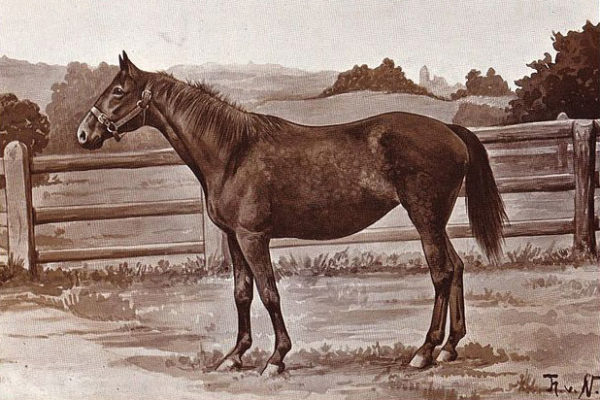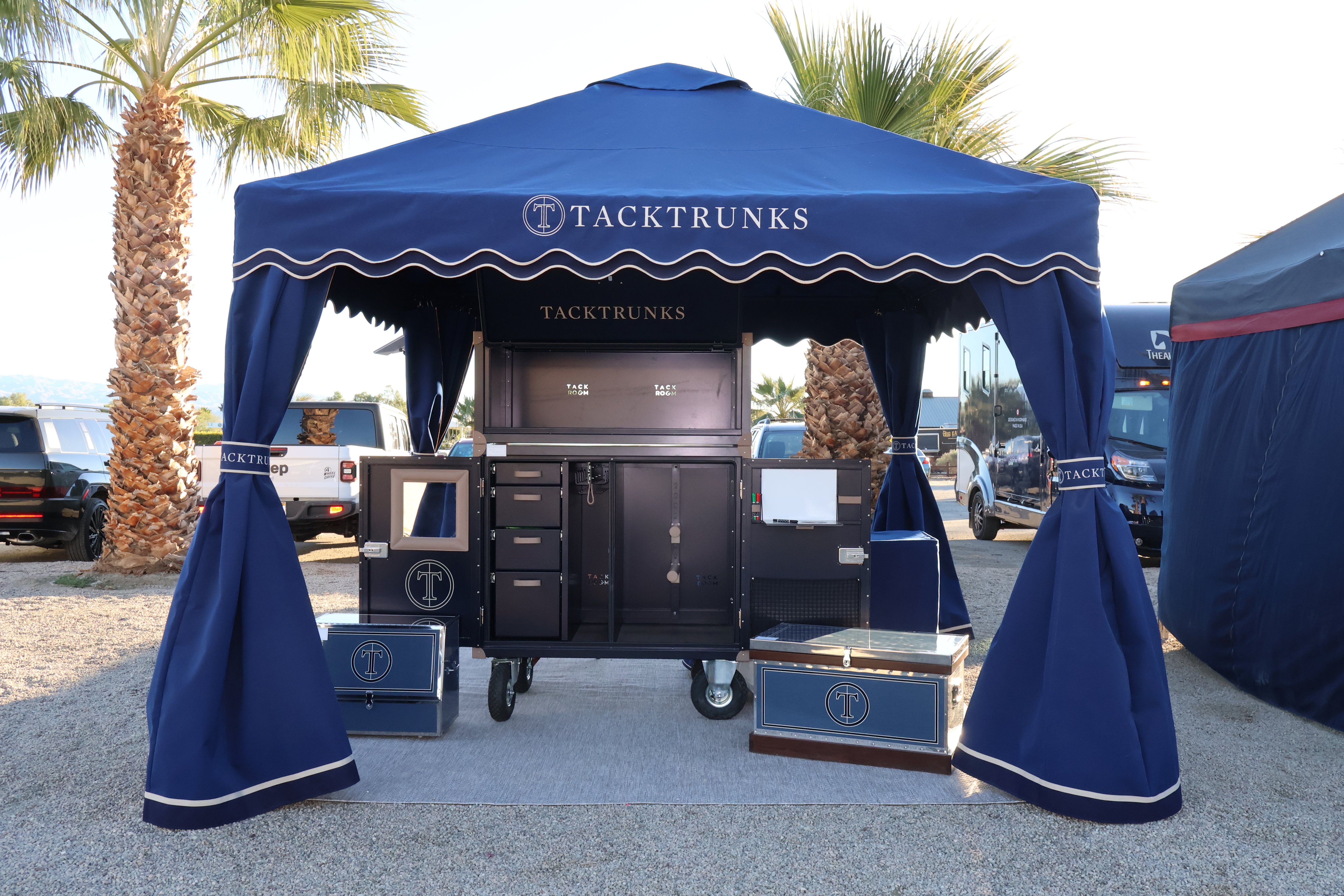Tack and Gear – Outfitting Your Horse

If you’ve decided you want to ride a horse, you’re going to need to purchase all of the necessary tack and gear. Some people use these words interchangeably, but they aren’t actually the same thing. Tack applies more to items you need to actually ride, including a horse saddle rack, bridle, bit, stirrups, reins, cinch, blanket/saddle pad, spurs, etc. Gear, on the other hand, usually refers to the items you need to keep your horse comfortable and groomed, such as brushes, feed buckets, etc. Basically, if it’s used in riding, it’s tack, while if it’s used in the stables, it’s gear.
- Horse Tack Check – another good list of tack items
- Horse Tack – the Wikipedia entry for horse tack
- Taking Care of Tack – the basics of taking care of common items
- Tack Room Mistakes – a look at how not to store your tack
How Common Tack Items are Used
For beginners, there is a learning curve involved in figuring out how all of your tack goes onto your horse and what exactly it does. Every new rider has to learn this, and there’s no harm asking for help. Here’s a look at how what some of these common tack items are used for.
Saddle: This one is pretty obvious. The saddle helps you remain balanced on the horse, plus it gives you something to hold on to. There are different types of saddles for dressage, jumping, trail riding, etc.
Halter: This is the leather harness that goes around your horse’s head. You use it along with a lead rope to lead the horse around.
Bridle: The bridle is also around the horse’s head, and it looks similar to a halter. It includes both the bit and the reins, and it’s used to guide the horse in different directions.. Bridles that use a noseband but not a bit are called hackamores.
Reins: A part of the bridle, the reins are the long leather straps that the rider holds. They are connected to the outer sides of the bit.
Bit: The bit is a small metal piece that goes in the horse’s mouth. It sits on the gums, not the teeth, and is held in place by the bridle. It’s connected to the reins and helps transmit the rider’s commands to the horse. Used correctly, bits do not hurt the horse in any way.
Breastcollar: Sometimes called the breastplate or breastgirth, these straps connect from the saddle down across the horse’s chest and around its front legs. They are normally used at events that require the horse to jump.
Girth: The girth, also referred to as the cinch, is the leather strap that holds the saddle in place.
Blanket/Saddle Pad: A saddle pad or a blanket is put down before adding the saddle to help keep the saddle from rubbing on the horse and causing irritation.
Stirrups: The stirrups are loops of leather that hand down on either side of the saddle. Rider place one foot in a stirrup, grab hold of the saddle, and pull themselves up onto the horse. They also place their feet in the stirrups while riding.
- Rein Types and Uses – a good article about different types of reins
- Proper Care of Leather Saddles – how to keep your saddles in great condition
- Types of Horse Bits – the differences between these different types
- Choosing the Right Halter – a look at this piece of tack
- Determining the Right Length for your English Stirrups – tips on stirrup length
Selecting your Tack
While some tack items are common across all types of riding, others are specific to dressage, jumping, barrel racing, etc. Make sure that you are using the right type of tack for your events. If you don’t, you may hurt yourself or your horse. Some pieces of tack, such as the type of saddle you use or style of bit, may be more of a personal choice. In that case, you may want to try a few of the different styles before selecting the one that you like the best.
- Buying Tack for Horses – a WikiHow with plenty of tips on buying tack
- Selecting a Girth – information on finding the best girth for your horse
- The Best Barrel Racing Tack – a good article for those who want to do barrel racing
- A Bit of Advice on Bits – thoughts on finding the best bit for your horse
- Tack Fit – helpful tips on determining if your horse’s tack fits correctly


